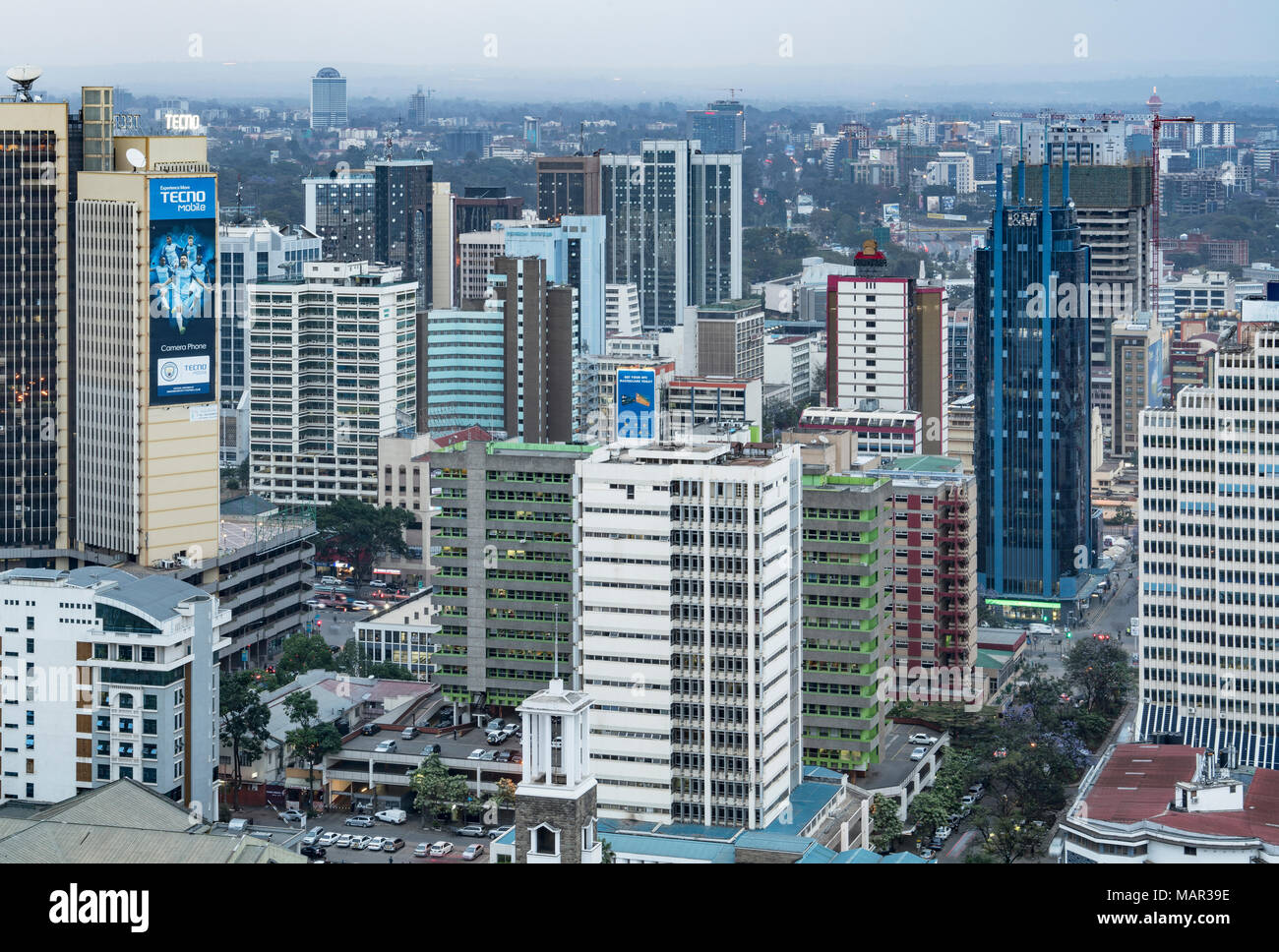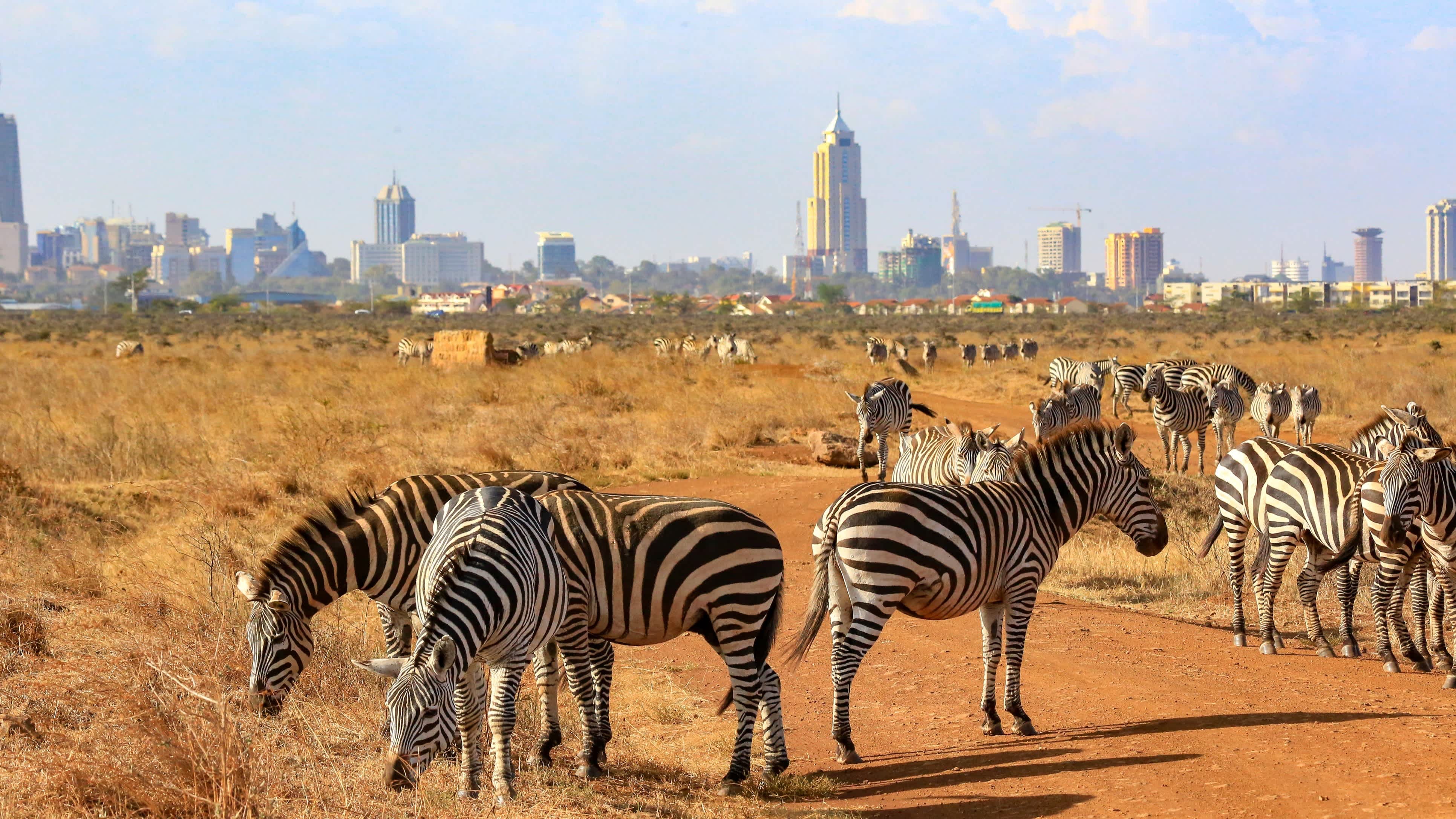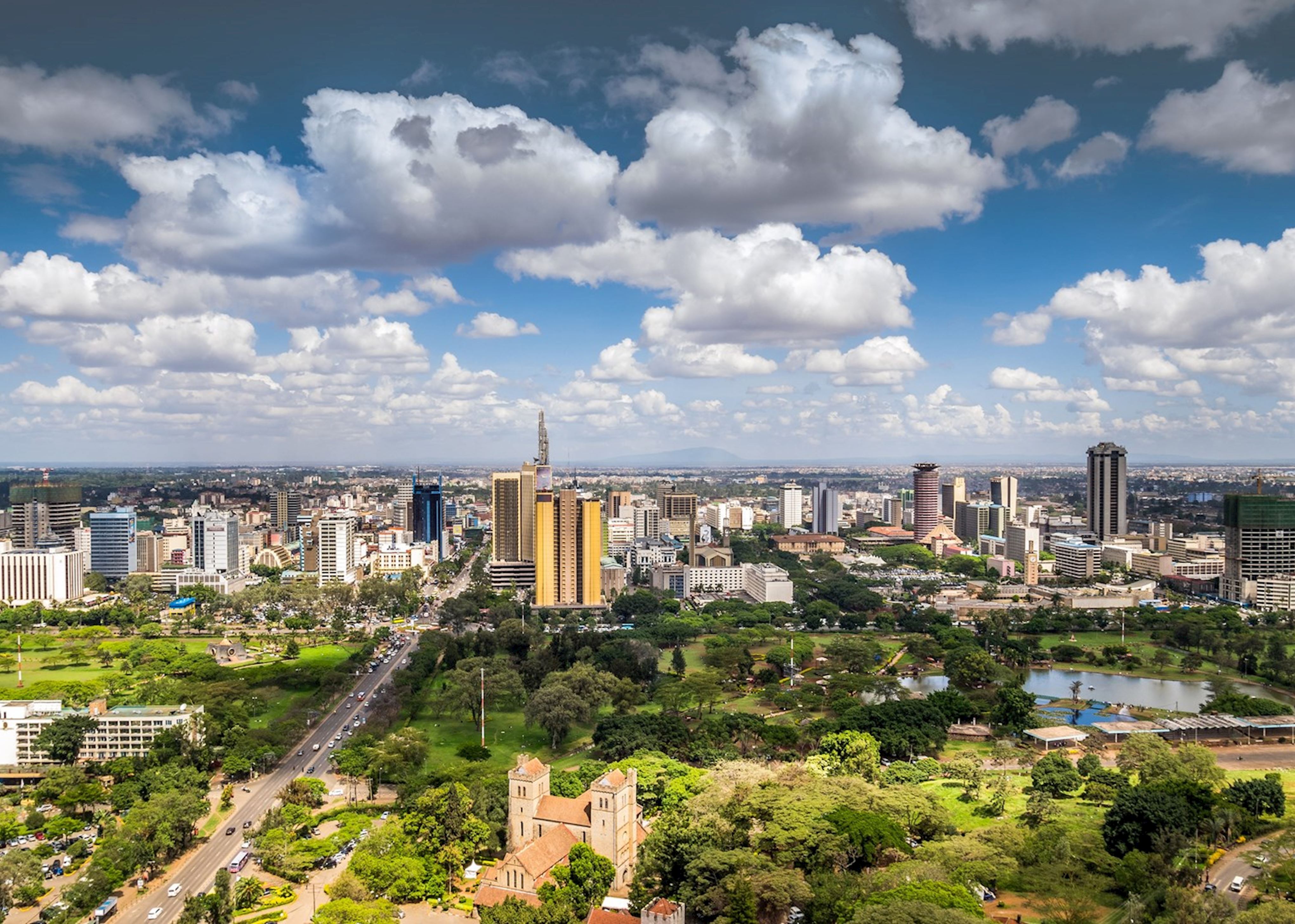Discover Nairobi East: Your Guide To Living & Investing Now!
Nairobi East: A Region on the Rise
Is Nairobi East poised to become the next economic powerhouse of Kenya? Absolutely. This dynamic and rapidly developing region, nestled in the eastern sector of Nairobi, is not just a residential area; it's a crucible of growth and opportunity. Encompassing neighborhoods like Embakasi, Umoja, and Kayole, it pulsates with a diverse population, offers affordable housing options, and boasts burgeoning economic prospects that are attracting attention from across the nation and beyond.
Nairobi East's narrative is woven with threads of history, dating back to the colonial era. Following Kenya's independence in 1963, the region transformed into an industrial nucleus, drawing a significant influx of migrants from rural areas seeking employment and a better life. Today, it stands as a testament to this legacy, a thriving industrial and commercial center where established enterprises coexist with innovative startups, creating a dynamic business ecosystem.
- Who Is Mikayla Demaiters Boyfriend All About Thomas
- Omri Katz From Dallas Star To Hocus Pocus Icon Beyond
| Attribute | Details |
|---|---|
| Region | Nairobi East, Nairobi, Kenya |
| Key Features | Diverse population, affordable housing, growing economy, industrial hub, educational opportunities, improved infrastructure, cultural heritage, future potential |
| Neighborhoods | Embakasi, Umoja, Kayole |
| Historical Significance | Evolved from a post-independence industrial hub attracting rural migrants |
| Economic Drivers | Mix of established businesses and emerging startups |
| Infrastructure Highlights | Eastern Bypass improving connectivity |
| Educational Institutions | Home to several universities and colleges |
| Reference Website | Nairobi City County Website |
One of the primary allures of Nairobi East is its cost-effectiveness. Housing prices are markedly lower than in many other parts of Nairobi, rendering it a particularly appealing choice for first-time homebuyers and families operating within a budget. Furthermore, the region is well-equipped with a wide spectrum of amenities, ranging from schools and hospitals to shopping malls and recreational facilities, ensuring a comfortable and convenient lifestyle for its residents.
The recent surge in growth and development in Nairobi East is undeniable. The construction of the Eastern Bypass has been a game-changer, significantly enhancing connectivity to other parts of the city and stimulating an influx of new residents and businesses. Moreover, the presence of several universities and colleges solidifies the region's status as a center for higher education, fostering intellectual growth and innovation.
As Nairobi East continues on its trajectory of expansion and progress, it is poised to assume an increasingly prominent role in shaping the city's economic and social landscape. Its diverse populace, affordable housing options, and expanding economic opportunities collectively contribute to its magnetic appeal for both residents and businesses seeking a promising future.
- Is House Md Really Coming Back Hugh Laurie Speaks Out
- Breaking Is Jason Derulos Mom Still Alive The Truth Revealed
Nairobi East, a dynamic and burgeoning region within Kenya's capital city, distinguishes itself through a number of fundamental characteristics:
- Diverse population
- Affordable housing
- Growing economy
- Industrial hub
- Educational opportunities
- Improved infrastructure
- Cultural heritage
- Future potential
The diverse population of Nairobi East serves as a vibrant mosaic reflecting Kenya's rich cultural tapestry, with individuals from all walks of life proudly calling the region home. Affordable housing solutions have transformed it into a sought-after destination for first-time homebuyers and families mindful of their budgets. Fueling this growth is a dynamic economy, propelled by a blend of well-established businesses and innovative startups, particularly within the industrial sector. Additionally, Nairobi East is a prominent center for higher education and research, thanks to the presence of numerous universities and colleges.
The recent completion of the Eastern Bypass has substantially improved accessibility to other areas of the city, making Nairobi East more connected than ever before. Furthermore, the region boasts a rich cultural heritage, enriched by historical sites and cultural landmarks that serve as reminders of its past. As Nairobi East continues its journey of growth and development, its potential is boundless, poised to play a pivotal role in the city's economic and social evolution.
Nairobi East's diverse population is celebrated for its representation of Kenya's vibrant cultural heritage. Individuals from all corners of the nation converge here, creating a dynamic and inclusive community.
- Cultural diversity
Nairobi East is a melting pot of ethnic groups, each contributing unique traditions and customs. This cultural richness is vividly expressed through the region's cuisine, music, and artistic expressions. - Economic diversity
Nairobi East welcomes residents from diverse socioeconomic backgrounds. Its accessible housing options attract first-time buyers and budget-conscious families, while its expanding economy draws affluent professionals and entrepreneurs. - Religious diversity
Nairobi East embraces a multitude of faiths, including Christianity, Islam, and Hinduism. The region's religious diversity is manifested in the numerous churches, mosques, and temples that dot its landscape. - Educational diversity
Nairobi East is home to individuals with varying educational experiences. Its universities and colleges attract students from across Kenya and beyond, enriching the region's intellectual and cultural vitality.
The strength of Nairobi East lies in its diverse population, fostering an inclusive community where individuals from all walks of life find belonging. This diversity fuels the region's economic and social progress, contributing to its dynamism and resilience.
Nairobi East is renowned for its affordable housing solutions, making it a popular choice for first-time homebuyers and families seeking budget-friendly options. Several factors contribute to the affordability of housing in Nairobi East:
- Government policies
The Kenyan government has implemented policies to promote affordable housing for low-income earners, including subsidies for construction and land acquisition, as well as rent regulations. - Land availability
Compared to other areas of Nairobi, Nairobi East benefits from a relatively ample supply of land available for development, which helps to keep land prices within reach. - Construction costs
Construction costs in Nairobi East are comparatively lower than in other parts of Nairobi, primarily due to the availability of local materials and a skilled labor force. - Developer incentives
The Nairobi City County government offers incentives to developers engaged in building affordable housing units, such as tax breaks and reduced development fees.
These factors collectively make Nairobi East an attractive destination for both developers and prospective homeowners. The region's commitment to affordable housing has spurred its rapid growth and development, transforming it into a vibrant residential hub.
The robust economic growth of Nairobi East is a key driver of its overall development. The region boasts a diverse and dynamic economy, fueled by a mix of established businesses and innovative startups. Several factors have contributed to this economic upswing:
- Industrial development
Nairobi East is home to numerous industrial zones that have attracted a significant number of businesses and created employment opportunities. Its proximity to Jomo Kenyatta International Airport and the Mombasa-Nairobi highway enhances its strategic appeal for businesses. - Commercial development
Nairobi East has experienced a surge in commercial development in recent years, with the construction of numerous shopping malls and retail centers to cater to the growing population's needs. - Real estate development
The construction of affordable housing units in Nairobi East has attracted investors and developers alike. The region's expanding population and demand for housing have made it a profitable area for real estate ventures. - Education and innovation
Nairobi East's numerous universities and colleges produce a skilled workforce that supports the region's businesses. Additionally, the presence of research institutions fosters technological advancements and innovation.
Nairobi East's burgeoning economy is positively impacting the region's overall progress, making it an increasingly attractive place to live and work, while enhancing its role in the city's broader economic landscape.
Nairobi East is a prominent industrial center in Kenya, hosting a diverse array of industries that play a crucial role in the region's economy, creating jobs and supporting local businesses. Key industries in Nairobi East include:
- Manufacturing
Nairobi East is home to numerous manufacturing companies that produce a wide range of goods, including food, beverages, textiles, and electronics. These companies benefit from the region's access to raw materials, efficient transportation infrastructure, and a skilled workforce.
- Construction
The construction industry is a significant employer in Nairobi East, driven by the region's growing population and the demand for housing, resulting in a surge in construction activity. Local suppliers of building materials and skilled construction workers support this industry.
- Logistics and transportation
Nairobi East is a vital transportation hub, owing to the presence of Jomo Kenyatta International Airport and the Mombasa-Nairobi highway. This has made it a strategic location for logistics and transportation companies that provide essential services to businesses within Nairobi East and throughout Kenya.
- Information and communication technology
Nairobi East is witnessing a growth in information and communication technology (ICT) companies that offer various services, including software development, data processing, and telecommunications. The region's universities and colleges contribute a skilled workforce for the ICT sector.
The industrial strength of Nairobi East is a major contributor to the region's economic prosperity. These industries provide jobs, support businesses, and contribute to the overall development of the region.
Nairobi East is home to an array of educational institutions, including universities, colleges, and technical training institutes. These institutions offer diverse educational programs, spanning primary, secondary, undergraduate, and postgraduate levels. Their presence solidifies Nairobi East as a hub for higher education in Kenya.
Educational opportunities are paramount for the development of Nairobi East. They equip residents with the skills and knowledge necessary to secure employment and contribute to the economy. Education also reduces poverty, enhances health outcomes, promotes social cohesion, and lowers crime rates.
Several challenges hinder the provision of educational opportunities in Nairobi East, including inadequate resources. Many schools face underfunding and lack essential facilities such as libraries, laboratories, and computers. Additionally, the high cost of education makes it difficult for many families to afford private schools, while public schools are often overcrowded.
Despite these challenges, numerous organizations are committed to improving educational opportunities in Nairobi East, providing scholarships, building schools, and training teachers, making a significant impact on the lives of the region's children.
Educational opportunities are essential for the development of Nairobi East, equipping residents with the skills and knowledge necessary to secure employment and contribute to the economy, while also reducing poverty, enhancing health outcomes, and fostering social cohesion.
Nairobi East has undergone significant infrastructural improvements in recent years, which have played a crucial role in its development, making it a more appealing place to live and work.
- Transportation
The construction of the Eastern Bypass has significantly enhanced transportation in Nairobi East, connecting the region to other parts of the city and facilitating easier commutes for work, school, and other destinations. Moreover, the region is served by a number of public transportation options, including buses and matatus.
- Water and sanitation
Access to clean water and sanitation has improved substantially in Nairobi East, thanks to investments by the Nairobi City Water and Sewerage Company in new water pipelines and sanitation facilities, leading to a reduction in waterborne diseases and an improvement in overall community health.
- Energy
The Kenya Power and Lighting Company has invested in new power lines and transformers in Nairobi East, enhancing the reliability of electricity supply, making it more attractive for businesses and residents.
- Telecommunications
Nairobi East has experienced a notable improvement in telecommunications infrastructure, with coverage by mobile phone networks and internet providers, making it easier for residents to stay connected with friends, family, and online resources.
The improved infrastructure in Nairobi East has positively impacted the region's development, making it more attractive for businesses and residents while contributing to an enhanced quality of life.
Nairobi East is characterized by a rich cultural heritage that reflects the diversity of its population. The region features a number of historical sites and cultural landmarks, including:
- The Dandora Dumpsite Museum: Located on the site of the former Dandora dumpsite, this museum tells the story of those who lived and worked there, highlighting the environmental challenges they faced.
- The Umoja Cultural Village: This living museum showcases the traditional culture of the Akamba people, providing insights into Akamba history, music, dance, and crafts.
- The East African Art Centre: Showcasing contemporary East African artists, this center offers a valuable opportunity to explore the region's art and culture.
Nairobi East's cultural heritage is an integral part of its identity, serving as a source of pride for its residents and attracting visitors from across Kenya and beyond.
The region's cultural heritage is also a valuable asset for the local economy, with tourism playing a significant role as visitors seek to experience the unique culture of Nairobi East. This heritage inspires local artists and entrepreneurs.
It is essential to preserve and promote Nairobi East's cultural heritage for future generations to appreciate and enjoy, as it is a valuable part of the region's identity and economy.
Nairobi East possesses a bright future, driven by its young and growing population, diverse economy, and strategic location, positioning it for continued growth and development.
The young population is a key factor in Nairobi East's potential, with a median age of 25 and a significant portion under 30, representing a valuable pool of potential workers and entrepreneurs.
Another factor is the region's diverse economy, encompassing manufacturing, construction, logistics, and information technology, reducing vulnerability to economic downturns and providing opportunities for a wide range of workers.
Nairobi East's strategic location, on the eastern edge of Nairobi and near Jomo Kenyatta International Airport and the Mombasa-Nairobi highway, makes it attractive for businesses and investors, providing easy access to transportation and markets.
In summary, Nairobi East has a promising future, driven by its young and growing population, diverse economy, and strategic location, all of which position it for continued success.
This section provides answers to some of the most frequently asked questions about Nairobi East, Kenya.
Question 1: What is Nairobi East?
Answer: Nairobi East is a region located in the eastern part of Nairobi, Kenya's capital city. It is known for its diverse population, affordable housing, and growing economic opportunities.
Question 2: What is the population of Nairobi East?
Answer: The population of Nairobi East is estimated to be over 1 million people.
Question 3: What are the main industries in Nairobi East?
Answer: The main industries in Nairobi East include manufacturing, construction, logistics, and information technology.
Question 4: What are the transportation options in Nairobi East?
Answer: Nairobi East is served by a number of transportation options, including buses, matatus, and trains. The region is also home to the Jomo Kenyatta International Airport.
Question 5: What are the educational opportunities in Nairobi East?
Answer: Nairobi East is home to a number of educational institutions, including universities, colleges, and technical training institutes.
We hope this FAQ section has been helpful in answering some of your questions about Nairobi East. For more information, please visit the Nairobi City County website.
Additional resources:
- Nairobi City County website
- Kenya National Bureau of Statistics website
- Discover Sulasok A Deep Dive Into Filipino Stilt Houses Today
- Breaking Who Is Eva Greens Husband Relationship Details Revealed 2024

Nairobi, Kenya, East Africa, Africa Stock Photo Alamy

The Best Nairobi Tours, TailorMade for You I Tourlane

Visit Nairobi, Kenya Tailormade Vacations Audley Travel US